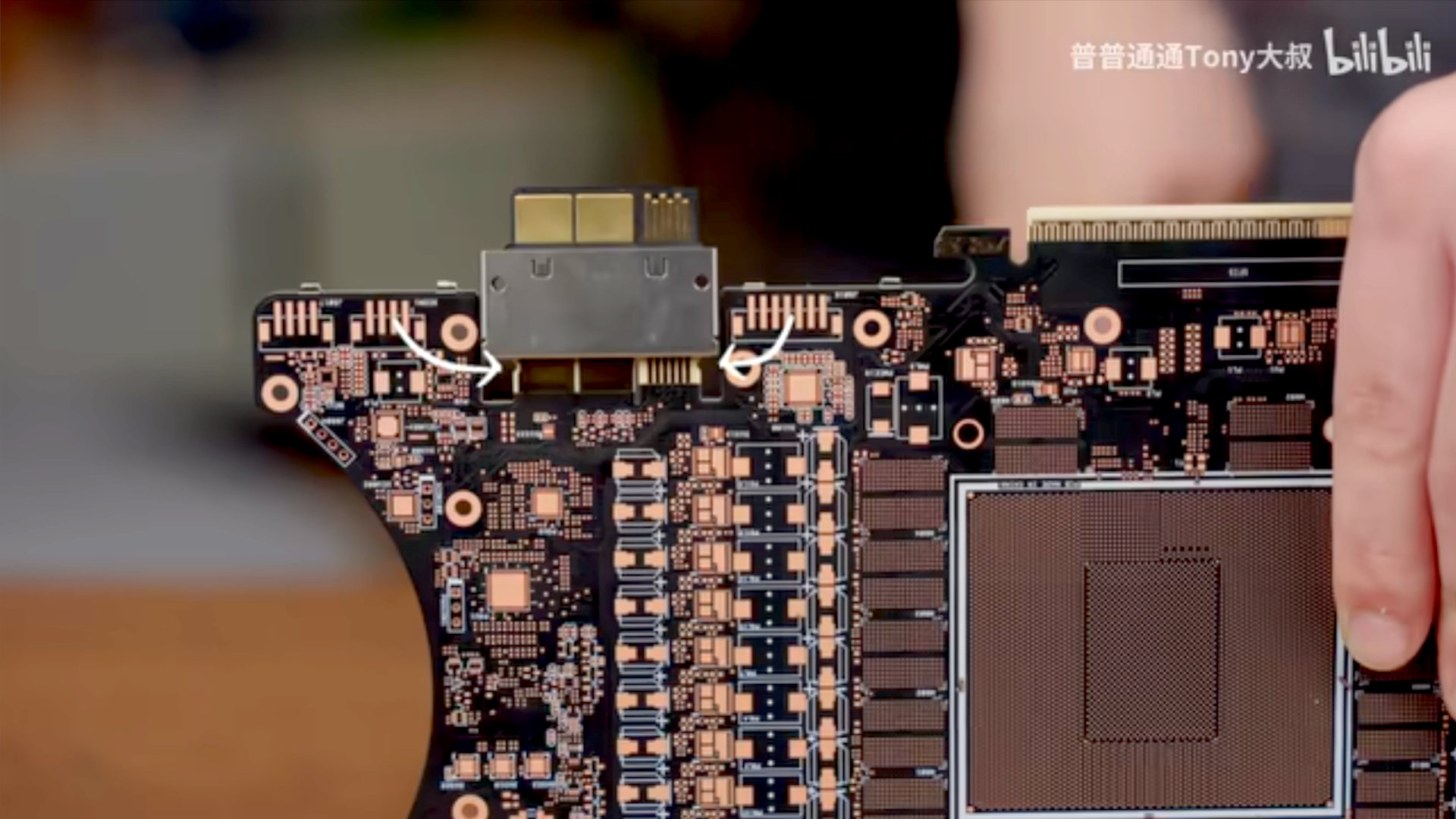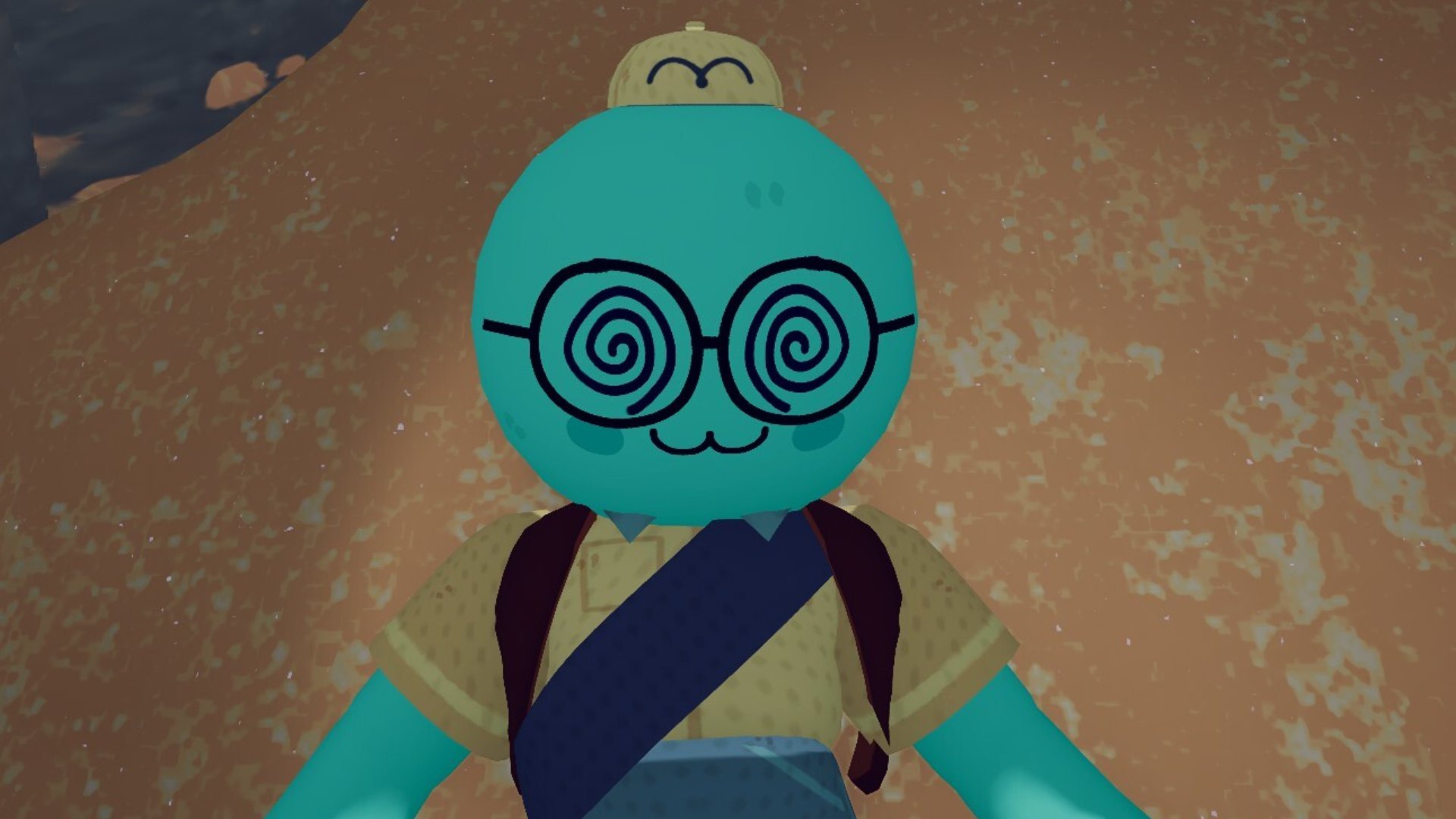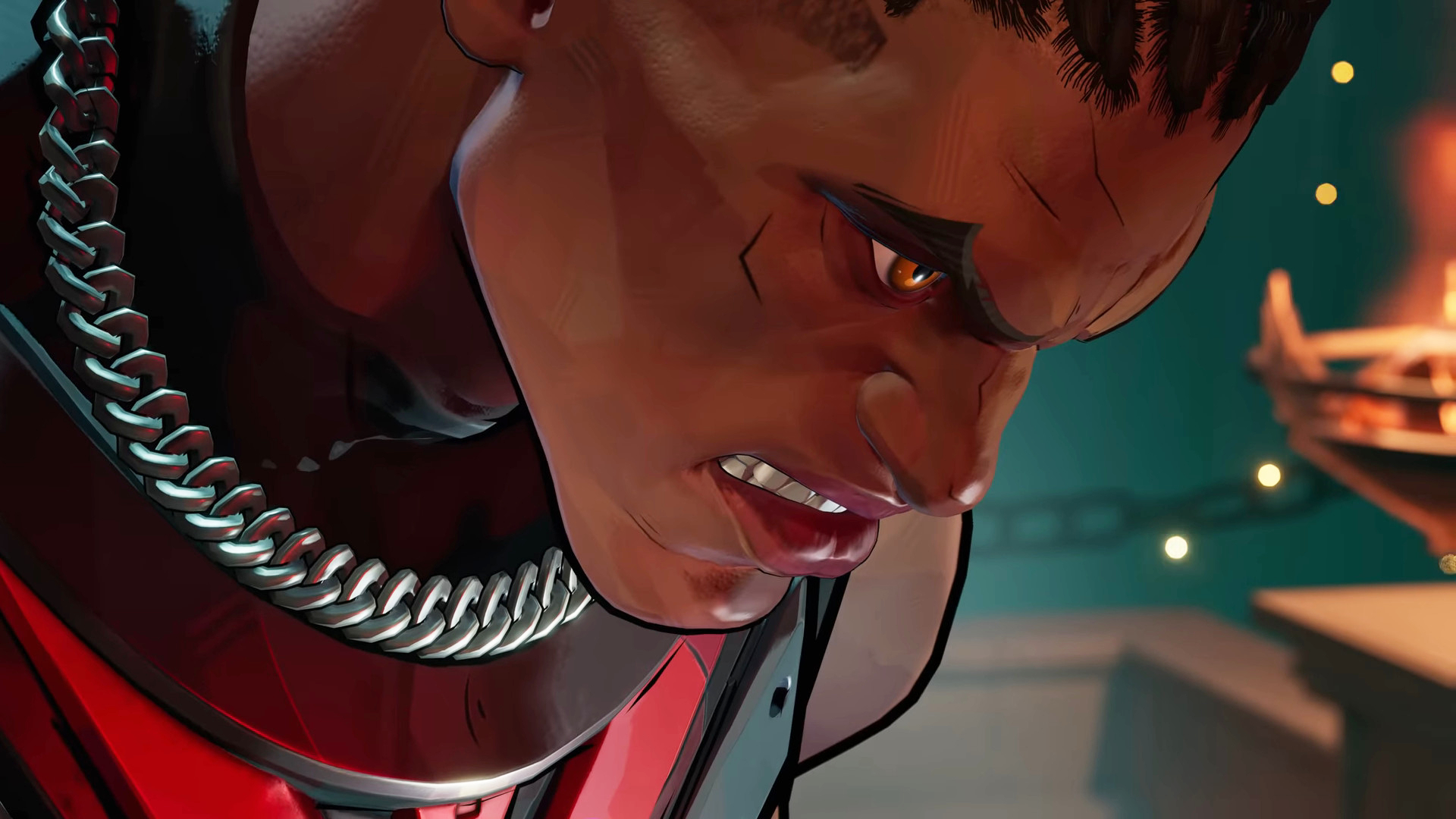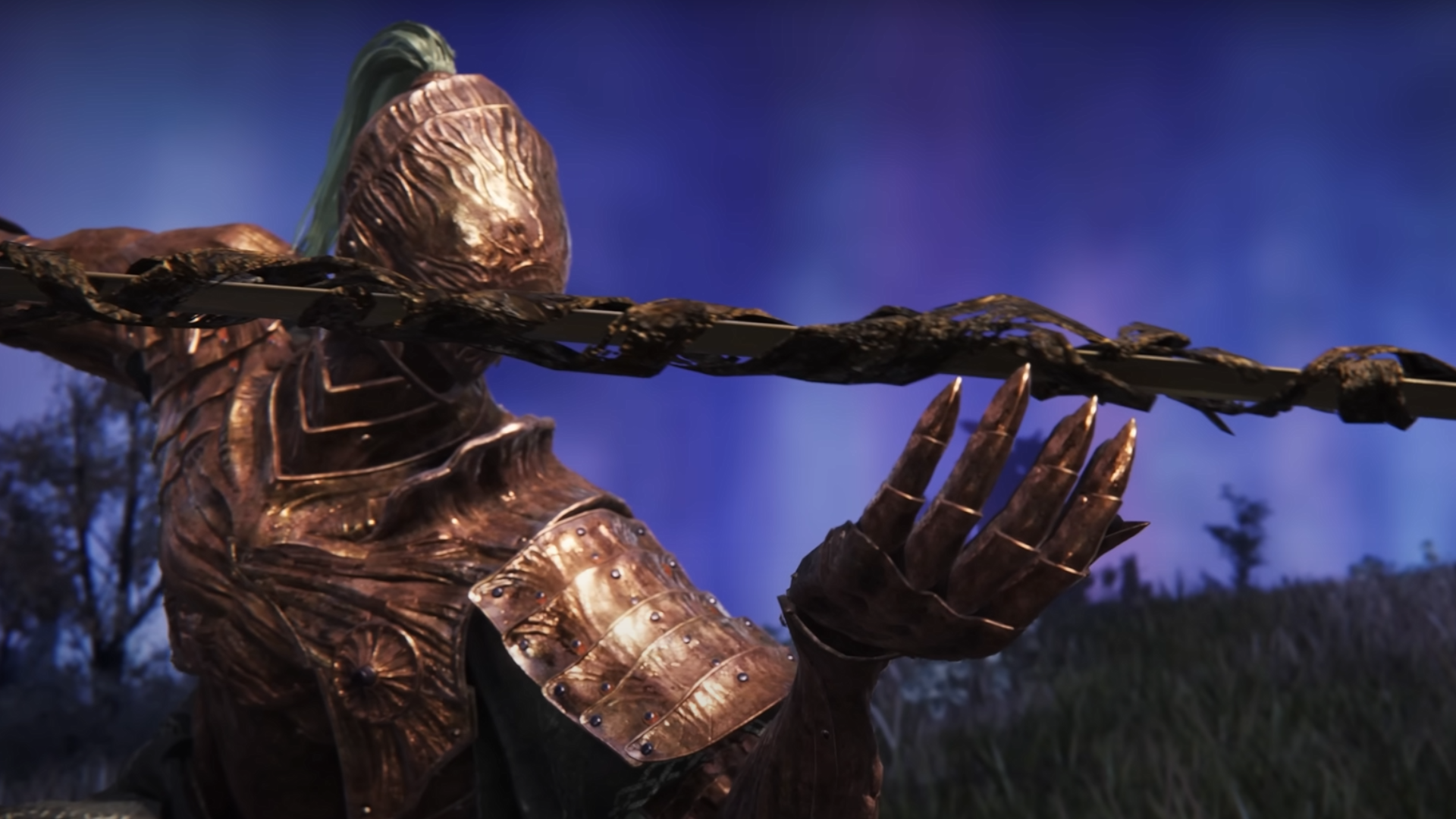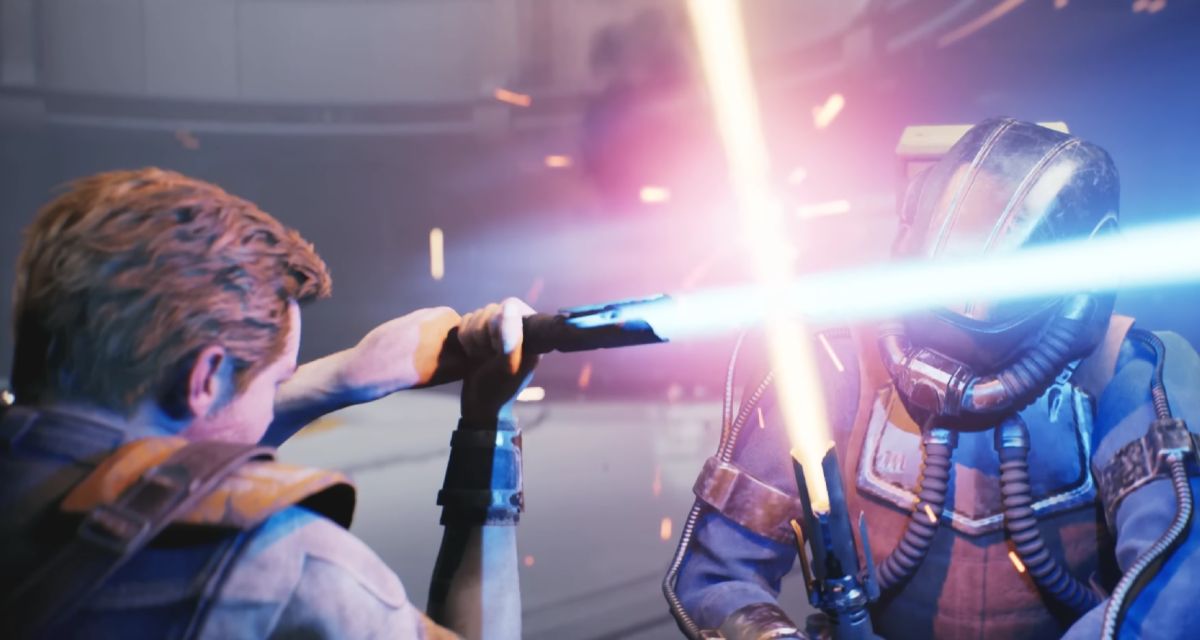
Games are taking longer than ever to finish, but Respawn managed to make Jedi Survivor in just three years.
At risk of stating the obvious, videogames aren’t coming out as frequently as they used to. Chalk it up to rising production costs, inflated expectations for how massive games should be, or the global pandemic that we’re still feeling the effects of years later—big new games are taking longer to get out the door.
Star Wars Jedi: Survivor isn’t one of those games. It’s coming out almost exactly three years after it started production in March 2020 (yes, right at lockdown o’clock) on April 28.
That’s a pretty tight window to finish a sequel front-to-back that’s shaping up to be a much bigger game than its predecessor. Three other recent sequels I enjoyed, God of War: Ragnarök, Horizon: Forbidden West, and Dying Light 2, were in the oven for four, five, and seven years respectively. What makes Jedi Survivor different?
At a recent hands-on event for Jedi Survivor, Respawn senior producer Blair Brown told PC Gamer that Jedi Survivor’s fast turnaround comes down to a lot of factors, but he believes it helped that the core Fallen Order team was able to stay together and make what he calls a “true sequel.”
“With Fallen Order, we had to build the team as we’re making the game as well,” Brown said. “This time we had the team ready. We knew the touchstones of the last game. We had a very good sense from player feedback and our own feedback what we wanted to make better, what we wanted to go deeper on, the missed opportunities—customization, more [lightsaber] stances, more side exploration, things like that.”
(Image credit: EA)
That focus was plain to see in my four-hour demo of Jedi Survivor. It’s largely built on the exact bones of Fallen Order, but with noticeable improvements and heaps of new features in the mix, such as new sabers stances and force abilities that effectively triple your combat options. It also helped, Brown reckons, that there were no major shakeups in technology or team makeup.
“I look at three years as pretty shocking myself as a developer for the size and scope and depth and quality of this game.”
Design director Jeff Magers is similarly impressed that his team was able to come together during the hardest years of our post-pandemic world and deliver.
“I don’t know how we did it,” Magers said with a laugh. “But I am super proud of the team. I think it does come down to having a strong vision at the start and a really incredible team.”
Jedi’s dev cycle reminds me of the game industry of 10-15 years ago, when most sequels landed around at around the three-year mark (unless it was Call of Duty). In 2023, massive delays are business-as-usual. We’ve begun to reflexively doubt advertised release dates until the game is a real thing that we can play.
Jedi Survivor isn’t a sign that other studios are slacking, but it is an example of a sequel that is pretty much the last game, except more and hopefully better. Other recent sequels to make it out in three years—Hitman 3, Assassin’s Creed Valhalla, Forza Horizon 5—have this in common. Maybe less is more sometimes?
